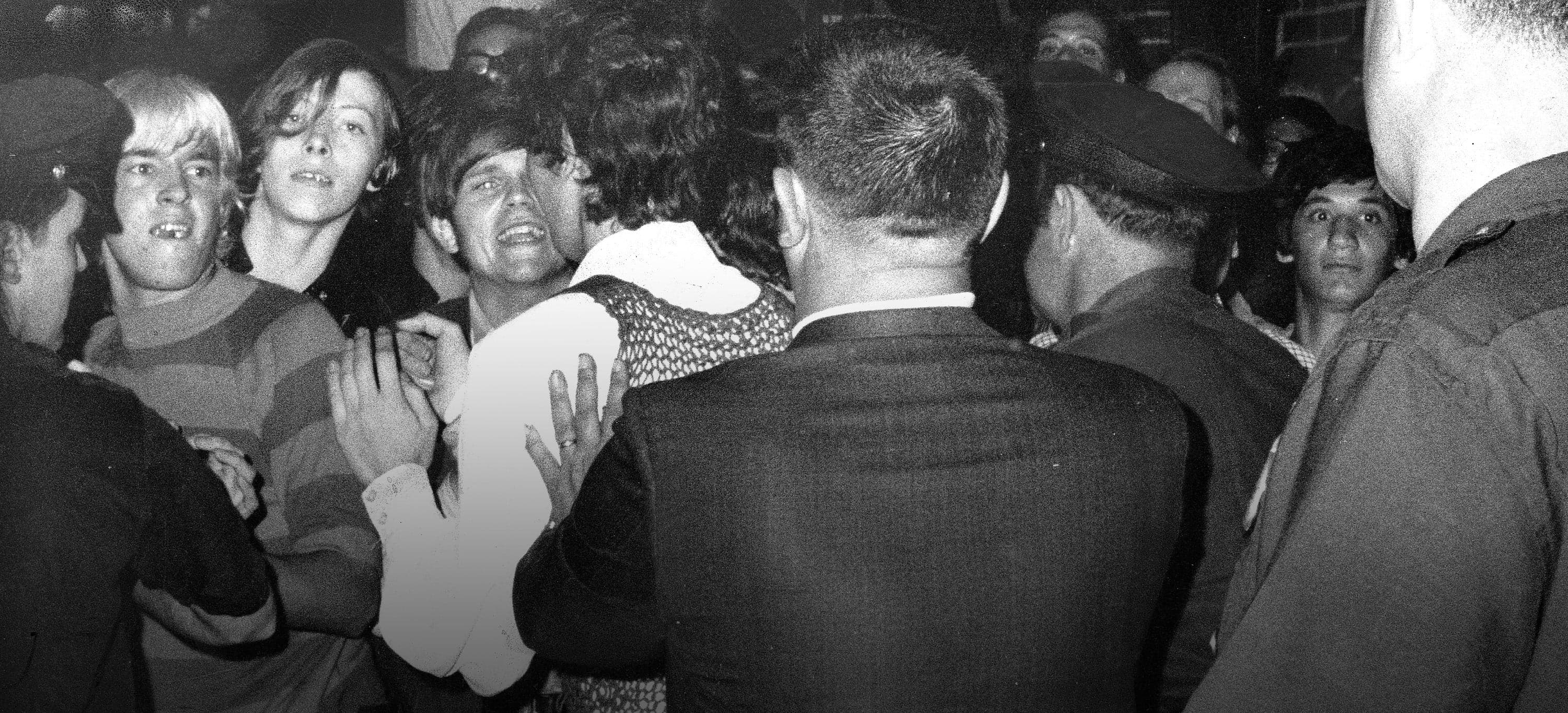Sometime after midnight on June 28, 1969, in what is now regarded by many as history’s first major protest on behalf of equal rights for LGBTQ people, a police raid of the Stonewall Inn—a popular gay club located on New York City's Christopher Street—turns violent as patrons and local sympathizers begin rioting against the authorities.
READ MORE: What Happened at the Stonewall Riots? A Timeline of the 1969 Uprising
Although the police were legally justified in raiding the club, which was serving liquor without a license among other violations, New York’s gay community had grown weary of the police department targeting gay clubs, many of which had already been closed.
Soon, the crowd began throwing bottles at the police. The protest spilled over into the neighboring streets, and order was not restored until the deployment of New York’s riot police sometime after 4 a.m.
The Stonewall Riots were followed by several days of demonstrations in New York and was the impetus for the formation of the Gay Liberation Front as well as other gay, lesbian and bisexual civil rights organizations. The next year, in 1970, New York's first official gay pride parade set off from Stonewall and marched up 6th Avenue. June was later designated LGBTQ Pride Month to commemorate the uprising.
In 2019, the New York Police Department formally apologized for its role in the Stonewall Riots, and for the discriminatory laws that targeted gay people.
Explore the history of the LGBTQ movement in America here.

